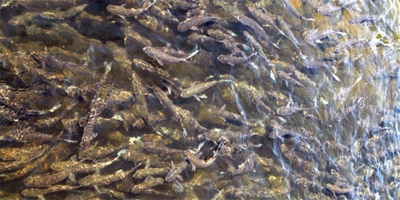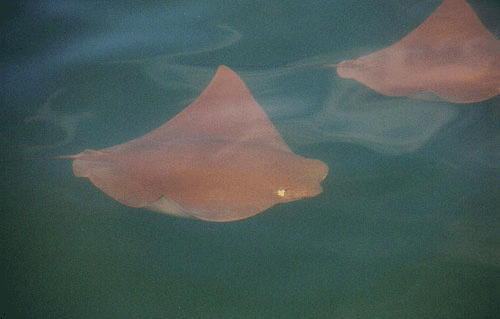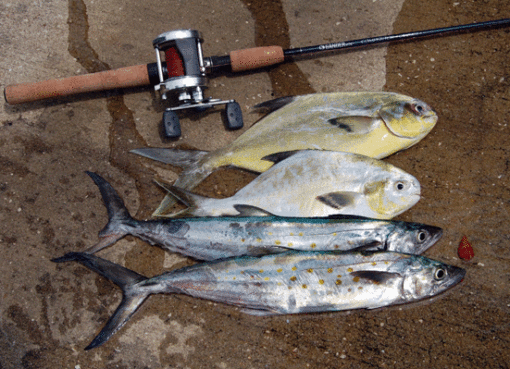Every fall in Florida as the temperatures begin to cool the fishing gets red hot. The falling temperatures trigger the natural instincts in mullet to head south along the Atlantic coast. The migrating mullet stay in large schools that are irresistible to larger predators, including most game fish.
So what exactly is the Mullet Run?
When water temperatures begin to drop. from August into November, mullet begin to head south from the Carolinas and Georgia to warmer waters along the Florida Atlantic coast. The mullet can travel in giant schools consisting of many thousands of fish.
Upon reaching the south point of Florida sexually mature fish head offshore and breed in the Gulf Stream. The fertilized eggs catch a ride north on the current and the cycle starts all over again as the young mullet head in shore.
How does the Mullet Run affect fishing?
The massive amounts of mullet that can be found in the surf and Inter Coastal Waterway during the fall Mullet run send many fish into frenzy. With predators ranging from Snook to Tarpon to Redfish all the way to Kingfish and everything in-between feasting, fishing action can be nearly non-stop.
How to Fish the Florida Fall Mullet Run
Where to look:
When the mullet are running south the fishing action can be frenetic. Even on slower days, fishing can still be far better than an average day. The key to getting in on the action is to know where to look, and these are the best types of places to look:
- Piers
- Jetties
- Passes
- Inlets
These types of structures are known to bottle neck the schools of fish. The slowing of the schools will attract the predators that will wait in ambush near these structures. Of the 4 listed, Inlets are by far the best place to find action, schools going inshore to the ICW and schools coming off shore meet at the inlets causing already large schools of fish to balloon even larger.
What to do:
When fishing a mullet run the most successful bait will of course be a mullet. Find the outer edge of the school and toss a freelined mullet near the edge. Most predators will set up around the outside the schools and attack the fish that move outside the school, so this technique will have a higher success ratio than tossing a mullet into the middle of a school where they will blend in with the rest of the mullet and be very difficult for a fish to target.
If you would like to fish with lures they can be quite successful as well. Because most of the predators are heavily keying on mullet, any lure that mimics them will do well. Lures that can be highly successful include:
- Zara Spook
- 4-6 inch paddle tails
- Bomber Badonk-a-donk
- Many, Many more
One thing to keep in mind when fishing with lures is that fishing the mullet run can be BRUTAL on lures. There are many fish that will aggressively attack the lure, and quite a few of them have large teeth. Lures built to be tough are recommended.
As with live bait it is best to cast the lure near the edge of the school of mullet and work it back. The more the bait resembles an injured mullet the better the chances of a fish attacking it are. Most predators will key in on injured fish on the outside of the school, so mimicking that will be the best bet.
Quick Tips
- When looking for a school of mullet, predatory birds circling are often a good indicator.
- When on fixed structure and a very large school of mullet is around you and you can not cast to the edges, cast in the middle of the school with a sinking lure or add weight to your live bait to get it bellow the school.
- Flounder are often times found under large schools. Slowly work a bait on the bottom, when you feel a subtle hit, allow time for the flounder to take the bait, set the hook and enjoy! (How to Catch Flounder)




